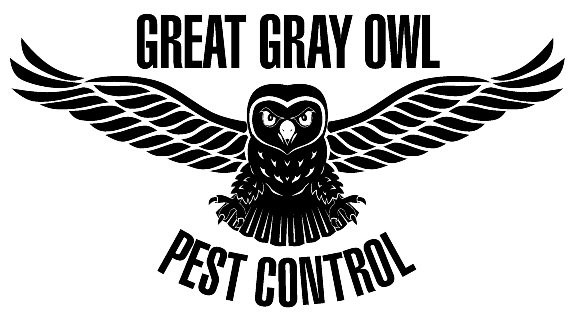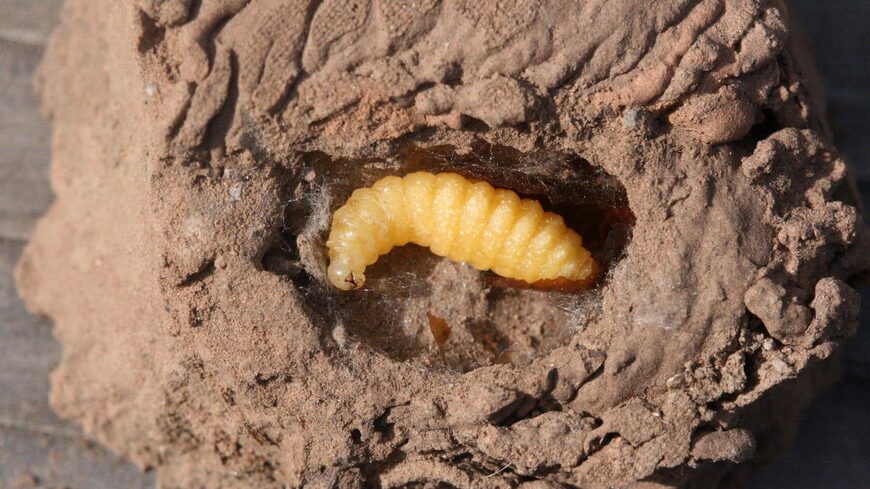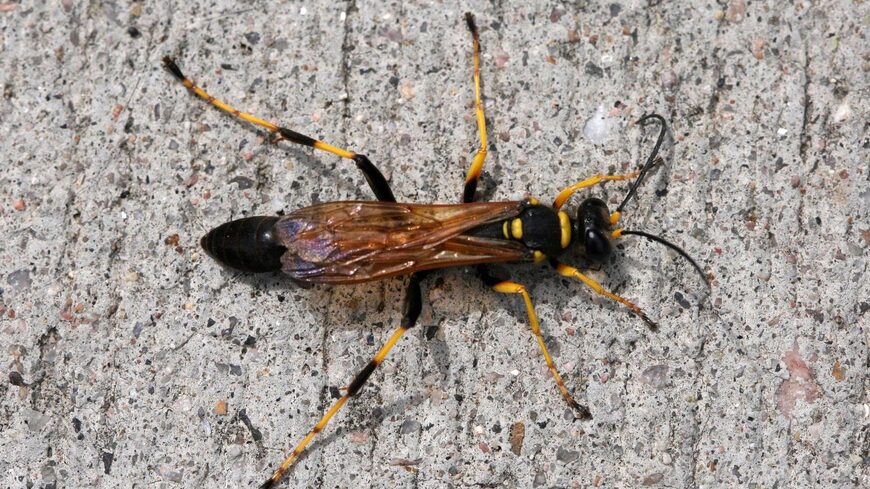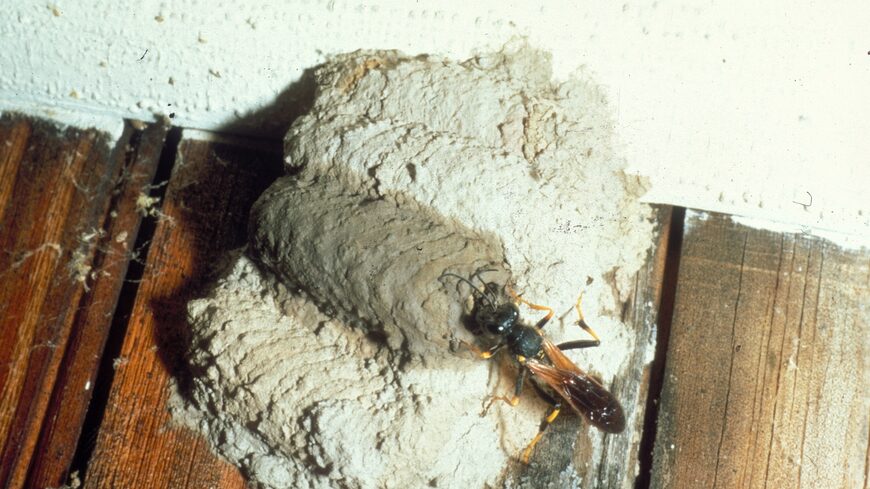Sceliphron caementarium Family Specidae Common Name: Mud Dauber Wasp
Identifying Features
A large, long-legged wasp with a long, narrow constriction between the thorax and abdomen.
This handsome wasp is most often seen along the edges of puddles as it gathers mud for its nest building. Mud is rolled into a small ball then carried to the nest site, where it is spread. The cells are covered with a smooth application of mud, about the size of a fist. The female uses her sting to paralyze spiders, which she tucks into a nest cell, lays an egg on, then covers up. This species take spiders right out of their webs, and its favorite target are cross spiders. The larvae eat the spider and emerge after pupation as adults. Although its long narrow waist makes this wasp look scary it is very gentle and does not defend its nests. However, it is recommended to approach any wasp nest with caution.
One of the most serious problems associated with mud daubers' nests is one that is often neglected. The insects in these nests and the larval and pupal cast skins will often support a good population of certain dermestid beetles, particularly cabinet beetles and carpet beetles. Many of the original invasions of homes by these destructive pests could very likely be traced to wasp nests.




